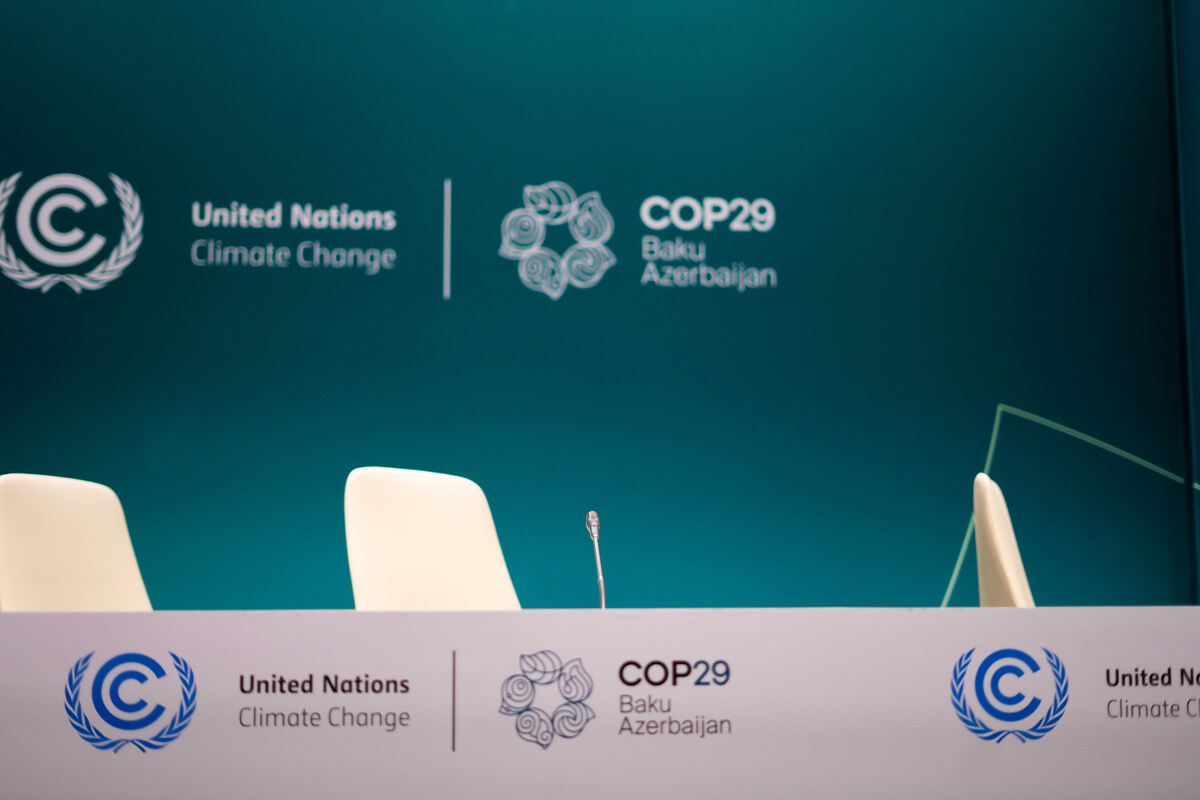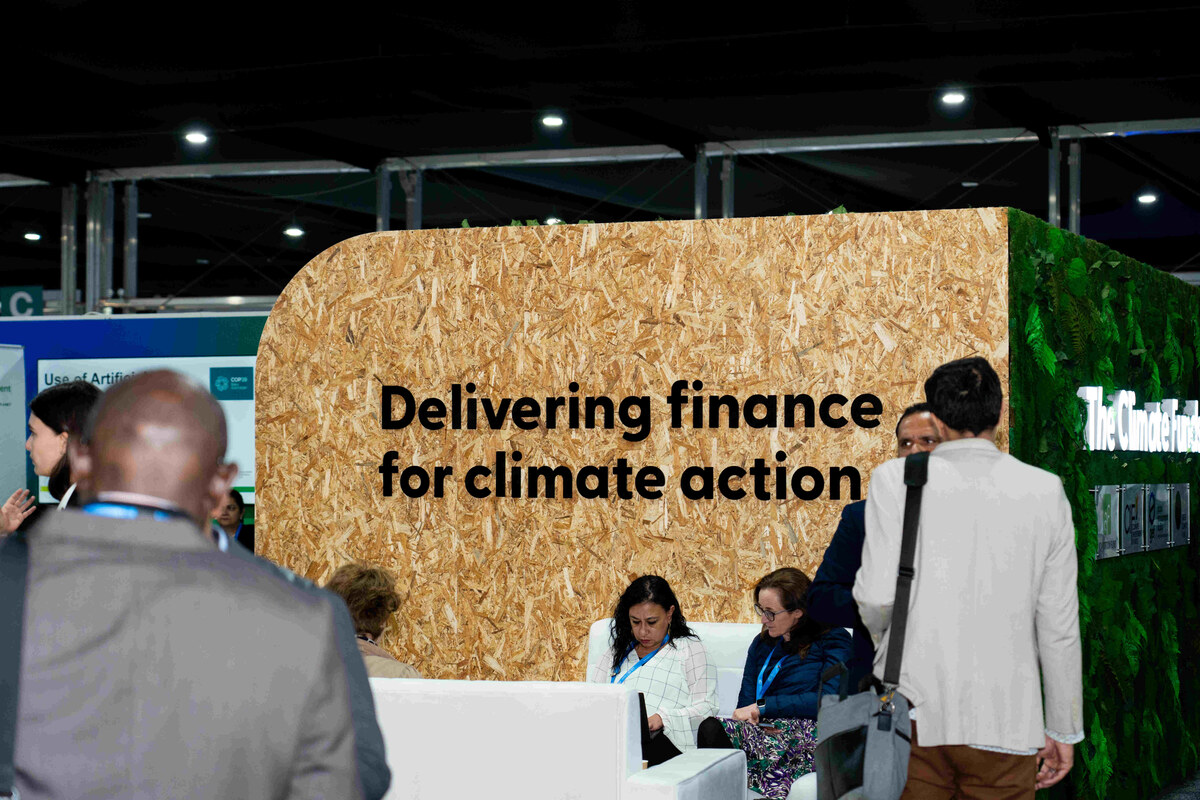RIYADH: Saudi energy giant Aramco’s president and CEO, Amin Nasser, has once again topped the Forbes Middle East ranking of the Top 100 CEOs for the fourth consecutive year.
This achievement underscores Nasser’s leadership, solidifying his position as the leading executive in the region, as highlighted by Forbes ME’s annual list for 2024.
This year’s list reflects a vibrant and diverse executive landscape, featuring leaders from 19 nationalities. Emiratis lead with 27 entries, Egyptians follow with 21, and Saudis with 14 entries. Collectively, these three nationalities account for 62 percent of the list, highlighting a positive trend in localizing executive roles within the Middle East.
The banking sector stands out with 19 CEOs, illustrating its significant impact, while real estate, buoyed by recent growth, contributes 10 entries. Telecommunications also makes a mark with nine CEOs, and the top 10 positions span six different industries, showcasing a broad range of expertise.
Amin Nasser’s tenure as Aramco’s president and CEO, which began in 2015, has been marked by several achievements.
In the first quarter of 2024, Aramco reported a staggering $107.2 billion in revenues and $27.27 billion in net profits. The company also completed a significant secondary public offering, selling 0.64 percent of its total shares for over $10 billion. In June, Aramco further demonstrated its strategic prowess by awarding over $25 billion in contracts to support its major gas expansion initiatives.
In addition to his role at Aramco, he serves on influential boards, including the international advisory board of King Fahd University of Petroleum and Minerals, the board of trustees of KAUST, and advisory councils for BlackRock, the World Economic Forum’s International Business Council, and JP Morgan.
He is followed by prominent figures such as Sultan Al-Jaber of ADNOC Group, Ahmed bin Saeed Al-Maktoum of Emirates Airline and Group, and Saad Sherida Al-Kaabi of QatarEnergy. The top five rankings remain consistent from the previous year, with Syed Basar Shueb of IHC making a notable leap from ninth to fifth place.
Forbes ME’s ranking criteria are comprehensive, evaluating CEOs based on their achievements, innovations, company size, and broader industry impact. According to Forbes, the list this year includes leaders from various sectors, including the world’s largest oil company, the largest liquefied natural gas producer, and the leading international airline, reflecting the diverse and influential roles these executives play.
The annual report also highlights that many of these leaders have an impact that extends beyond traditional business measures. In the Middle East and North Africa region, where governments often hold significant stakes in major companies, CEOs must balance generating shareholder value with aligning their strategies with national interests.
This year’s list is exclusive to CEOs of companies headquartered in the MENA region.
“Abdulrahman Al-Hatmi of Asyad Group has unveiled the Hafeet Rail project and inaugurated the Asyad Container Terminal at the Port of Duqm in Oman. Similarly, Said Zater of Contact Financial Holding has introduced a financing program tailored specifically for electric vehicles. Ali Al-Baqali of Aluminum Bahrain has launched EternAl, a low-carbon aluminum product line featuring recycled materials, demonstrating innovation in sustainability,” the report highlighted.
The list also features notable Saudi executives such as Olayan Al-Wetaid, group CEO of stc Group, who ranked 12th, and Nadhmi Al-Nasr, CEO of the NEOM giga-project, highlighting the prominence of Saudi leadership in shaping the future of the region. Waleed Abdullah Al-Mogbel, managing director and CEO of Al Rajhi Bank, secured 15th position, following Ahmed Khalifa Al-Qubaisi, CEO of the Abu Dhabi Chamber of Commerce and Industry.
April’s report on the “30 Most Valuable Banks” underscored the strength of Saudi banks. Al Rajhi Bank topped the list with a market value increase of $21.7 billion over the past year, reaching $96.6 billion. The Saudi National Bank followed in second place with a market value of $68.2 billion. The combined value of the 30 banks in the index rose by 14 percent over the past year, totaling $581.1 billion. Notably, Gulf Cooperation Council entities dominated the rankings, reflecting the resilience of the region’s banking sector, supported by favorable interest rates and high oil prices.
The UAE ranked second with seven entries and a total market value of $128.7 billion, while Qatar placed third with six entries valued at $73.6 billion. According to the report, this prominence of Saudi banks and CEOs highlights the country’s growing influence in the regional and global financial sectors.
In 2023, Saudi CEOs have prioritized sustainability, consolidation, and expansion. Significant investments across various industries and accelerated corporatization have strengthened the Saudi economy. Merging government firms has resulted in larger, more competitive corporations. Major initial public offerings and global events, such as the FIFA World Cup Qatar 2022 and COP28 in Dubai, have further bolstered company earnings.
The Forbes ME ranking for 2023 included leaders from 22 countries, with Emiratis, Egyptians, and Saudis leading the list. The banking sector continued to dominate, followed by real estate and construction, and telecommunications. This year’s list recognizes the region’s most prominent CEOs who have navigated challenging times, leveraging technology and sustainability to enhance their companies’ efficiency and competitiveness. Their leadership is vital in diversifying the regional economy and establishing MENA as a hub for international trade.
As Saudi Arabia continues to play a pivotal role in the region’s economic landscape, its top executives remain at the forefront of driving innovation and growth.































